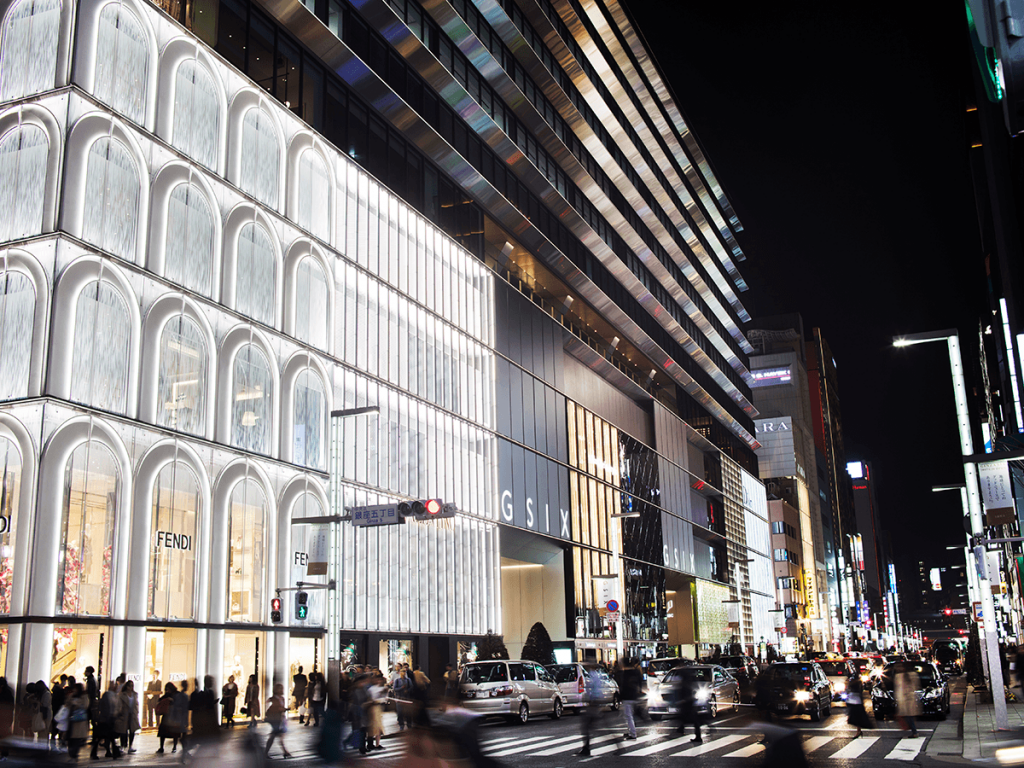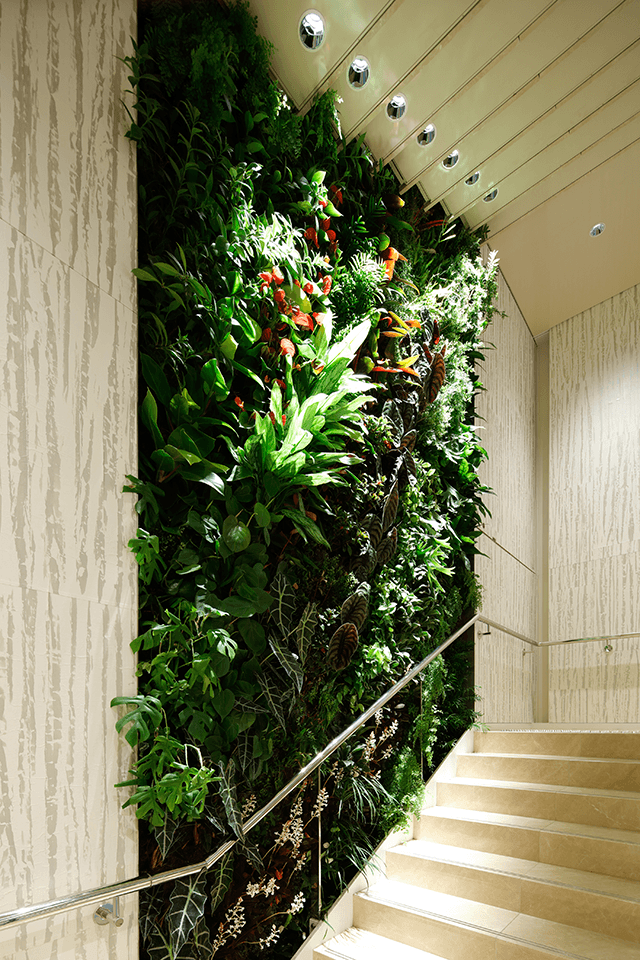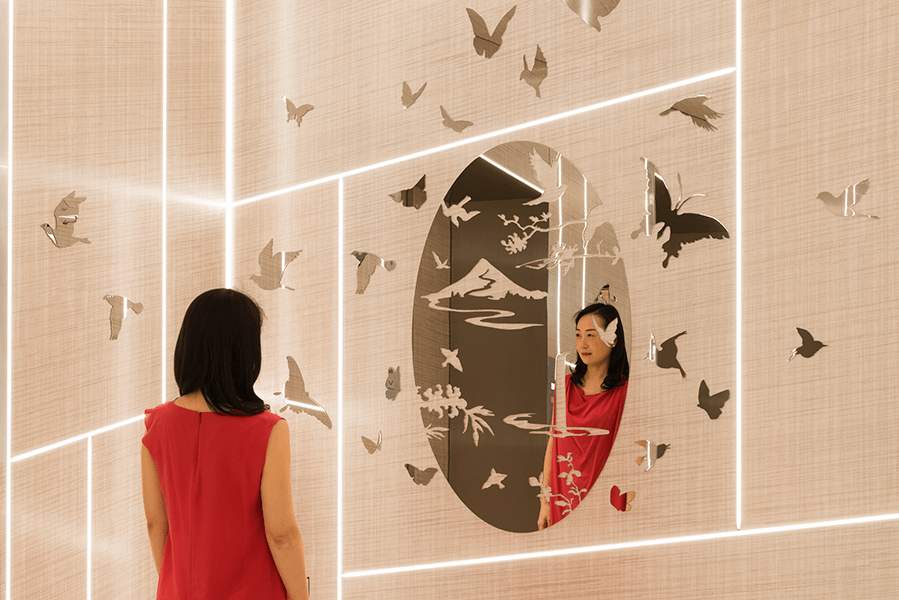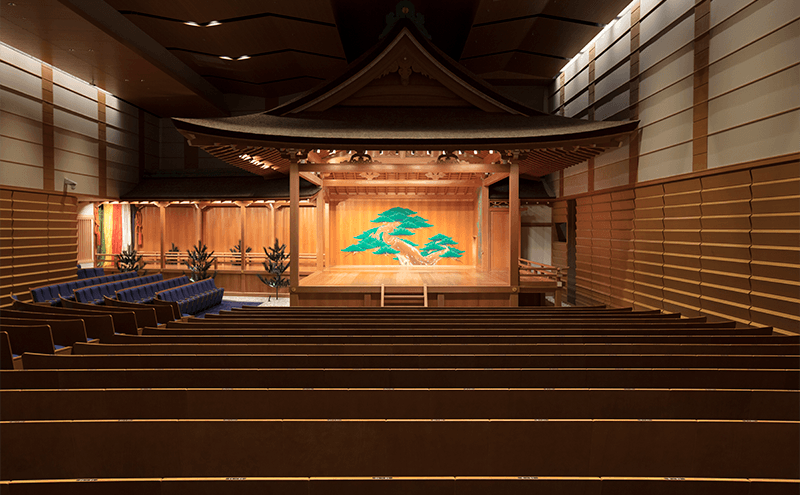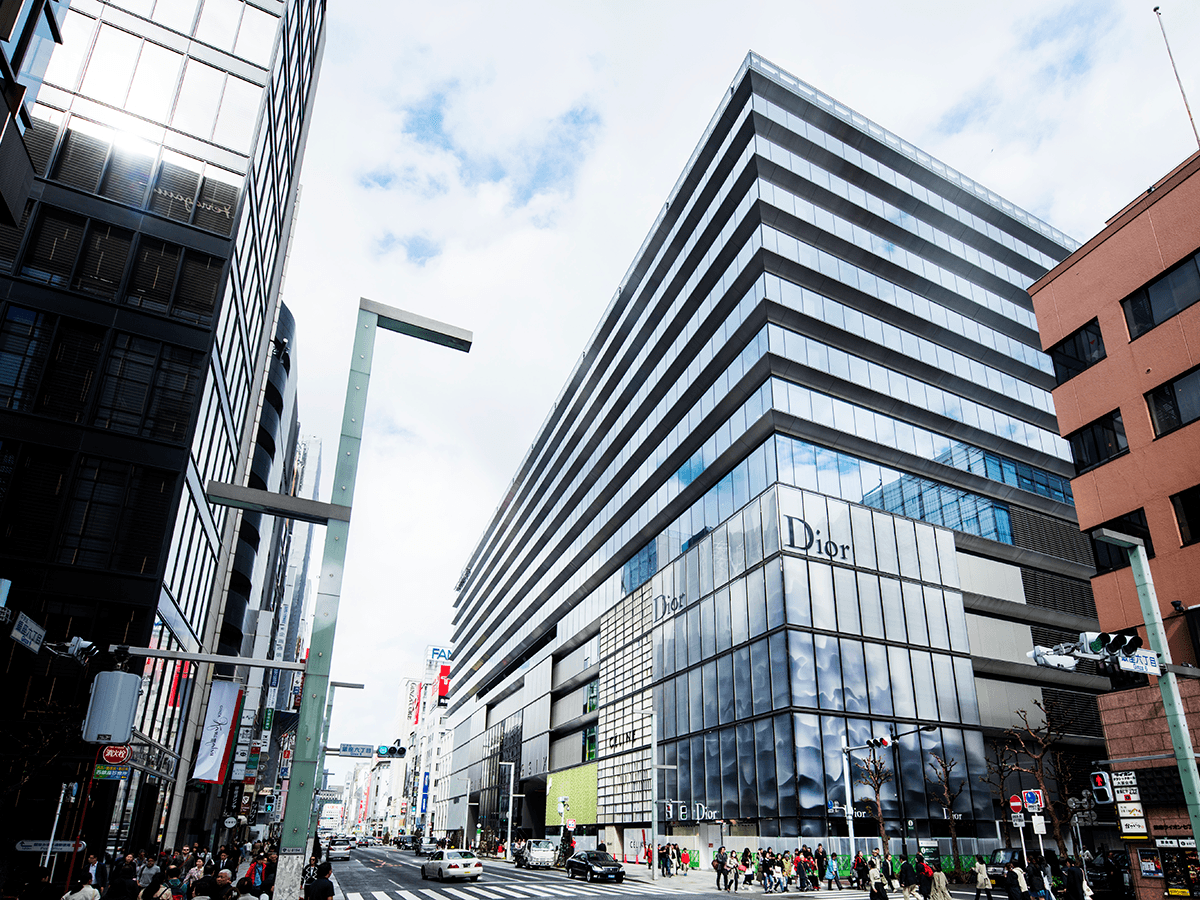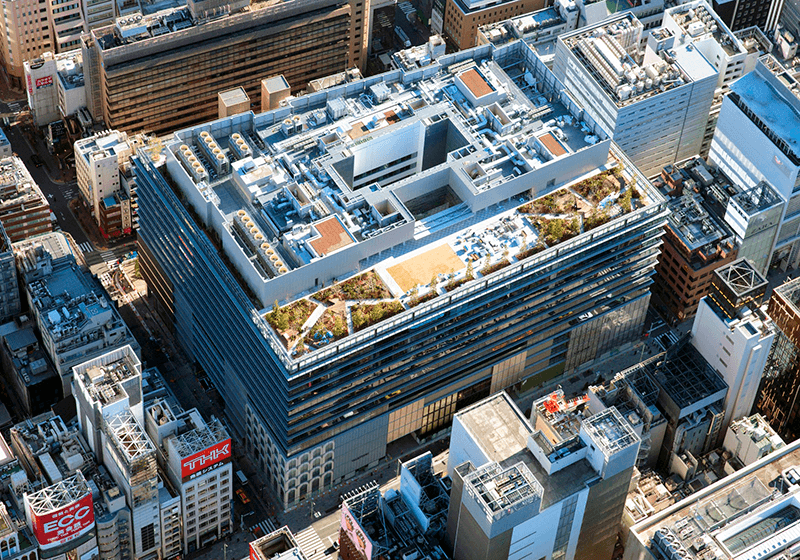Shop till you drop at this unbelievably classy new Ginza shopping center.
Since the Meiji period, the Ginza neighborhood has been a place where trends launched and where Tokyo – and Japan – have put on their best. It was one of the first parts of the city where brick buildings were built, and in the 1910s and 20s it was a hub for artists, intellectuals, and Jazz Age fashionistas.
And from what we could see from our look around GINZA SIX, the city’s newest luxury shopping center, could tell us, Ginza has no plans to relinquish its title as Tokyo’s toniest district.
One of the first things that strikes you on walking in to the shopping center are the huge art installations by Yayoi Kusama, a pack of red and white polka dotted pumpkins suspended more than seven stories above ground. However, after listening to our fair share of hip hop tracks, it was the subliminal call of bling that first got our attention. Franck Muller, whose combination of glitter and high quality Swiss horology has earned the brand fans among wealthy socialites, business impresarios, and rappers alike, has launched their very first lifestyle store in GINZA SIX. So, after a bit of lusting over immensely complicated timepieces that would set you back the price of a large apartment, we made our way into the section of the where you could find interior design items that would nicely kit out that large apartment.
Realizing that there was more to be done than just satisfying our watch fetish, we stepped out into the rest of GINZA SIX. To be honest, it’s hard to know where to begin: there are a total of 241 shops and restaurants in the shopping center, and about half of them are flagship stores – locations where world-famous brands can show off what makes their brands so special – so walking around the floors feels a bit like being a kid in a REALLY BIG candy store.
Six of the largest stores in the facility are maisonette shops that take up multiple floors in the 13-story building, and belong to some of the world’s best known names in fashion and jewelry: House of Dior, Celine, Saint Laurent, Van Cleef & Arpels, Valentino, and Fendi. After making our way through these six flagships, and passing by shops that ranged from the high-end outdoor goods purveyors Snow Peak and luxury camera manufacturer Leica to “it” shoemakers Manolo Blahnik and the Japanese couture label Kenzo, we had worked up an appetite and we made our way up to the 13th floor, taking a quick detour to the property’s rooftop garden, which will be used for events and just as a space to stroll and gaze out at the city. Our appetites whetted all the more by a breath of fresh air, we sampled food and drink from a few different restaurants, The Grand Ginza, Tsukiji Suzutomi, and Shunjyukusei Grill among them. We were especially impressed by the view – and the carefully selected glassware – of the the Mixology Salon. (There’s also another restaurant area on the sixth floor, with even more choices, but we’d always been told not to be greedy, so off we went.)
As we made our way around the 13th floor restaurant area, and everywhere in the shopping center for that matter, we spotted plenty of tiny details that caught our eye: single-item flower arrangements in front of restaurant entrances, tasteful Japanese motifs displayed on ceilings and floors, and art installations everywhere. After the massive Yayoi Kusama pieces, two of the most impressive were the Living Canyon by Patrick Blanc, a botanical garden that grows vertically, and which is paired on the opposite side of the building by a piece by teamLab. Universe of Water Particles on the Living Wall is just that, a digital waterfall, whose individual water droplets have been brought to life by a complicated algorithm, and which includes some of the same foliage that can be found in Living Canyon. Even though shopping can be a lot of fun, it can also be exhausting, and these little visual oases where you can unplug for a moment are very welcome.
A short performance was being held at the Kanze Noh Theater, in the shopping center’s third floor basement – yes, you read that right, there’s a 480-seat Noh theater in the basement of GINZA SIX – so we made our way down. On the way, we checked out their very upscale take on the depachika, which is located on the second floor basement. In Japan, department stores almost always have a basement floor where you can find a wide variety of small food shops, selling a variety of takeaway food, drinks, and sweets. In keeping with the luxurious standard of the shopping center, each store was recognizably a cut above what you’d find in any depachika in Japan.
At the Kanze Noh Theater, we were treated to a short performance led by Kiyokazu Kanze, the 26th generation head of the Kanze School of Noh, which has been based in Ginza for centuries. The space can be used for a variety of performances, and is an intriguing combination of modern design and finely tuned room acoustics and a very traditional stage area, which will easily make viewers forget that they were in the heart of a 21st century shopping center.
After the performance, and given that Ginza has a history in kimono making that goes back to the Edo period, we thought that our final stop should be modern kimono master Jotaro Saito‘s boutique. His designs can be found in the 13th floor restaurant area and in other places around the shopping center, but in his store, you can see Saito’s designs showcased brilliantly in kimonos made from silk, denim, and jersey material. (We’ll take a couple, and pair them with one of the Franck Muller watches, thanks!) You’ll also want to try one of their equally lovely frozen desserts, which you can savor in the shop’s small seating area.
It’s only after stepping out of GINZA SIX and getting a look at it from a distance that you realize just how large the shopping center is (there are a few floors of office space between the shopping floors and the 13th floors) and just how much it changes the look of the area around it. Each one of the maisonette stores has a different look and features different patterns in the windows, making for a look that harkens back to the early 20th century while holding on to a very contemporary edge.
The shopping center has been a massive undertaking, transforming two city blocks, one of them that included the venerable Matsuzakaya department store, a Ginza stalwart since 1924. It has taken the collaboration of four of Japan’s largest real estate, finance, and retailing firms – J. Front Retailing Co. Ltd., Mori Building Co. Ltd., L Catterton Real Estate, and Sumitomo Corporation – to get it done, but get it done they have.
Simply put, you really need to see it for yourself, and as it’s open from today, now you have your chance.
For more information about GINZA SIX, visit https://ginza6.tokyo/

